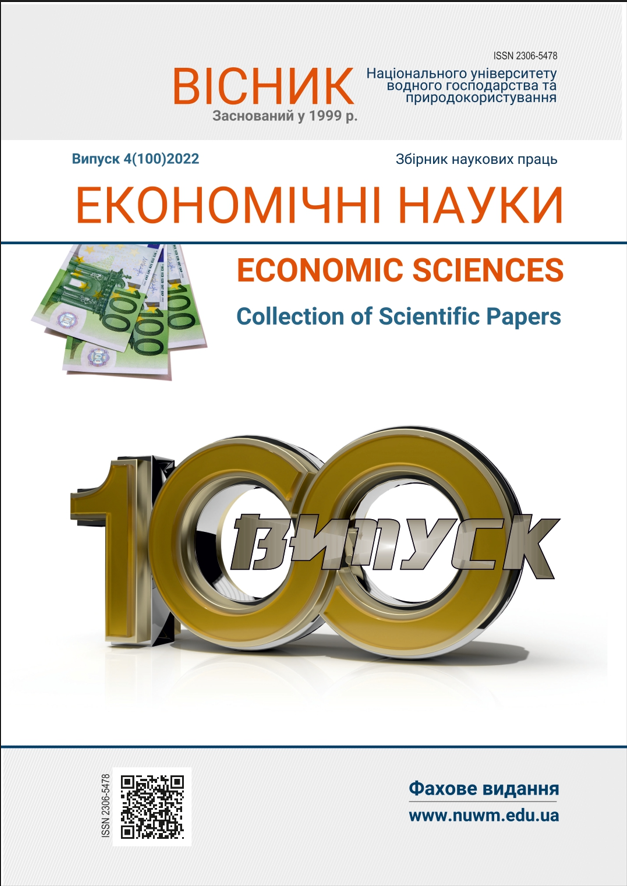CHATBOT MANAGEMENT OF THE DEPARTMENT OF HEI
DOI:
https://doi.org/10.31713/ve4202221Keywords:
management of HEI, chatbot management, chatbot strategies.Abstract
The use of innovative technologies in communication with potential and existing students gives higher educational institutions an advantage over competitors. It is expedient for the management of the university, the faculty and the departments to review and select digital communication tools with education seekers, which not only address them, but also satisfy the needs of receiving timely feedback in real time. The challenge of response time lag between inquiry and response for education seekers can be solved with the help of chatbots. The purpose of the article is to form the theoretical and methodological foundations of the development of the HEI’s department chatbot.The following methods and techniques of economic analysis were used: induction, deduction, synthesis, statistical, mathematical. Metrics for assessing the effectiveness of the chatbot have been created (fulfillment of assigned tasks by the chatbot, demand, effective dialogue). The research hypothesis was verified (as the number of active users of the chatbot increases as a result of its management, the number of triggered streams (triggers) will increase and vice versa) through the formation of the parameters of the linear regression equation according to the Student, Fisher t-statistics criteria.References
Tabata L. N., & Johnsrud L. K. The Impact of Faculty Attitudes toward Technology, Distance Education, and Innovation. Research in Higher Education. 2008. Vol. 49. Р. 625–646. URL: http://dx.doi.org/10.1007/s11162-008-9094-7. (дата звернення: 11.11.2022).
Stillman D., & Stillman J. Gen Z at work: How the next generation is transforming the workplace. First edition. New York, NY : HarperCollins, 2017.
Twenge, J. M. iGen: Why today’s super connected kids are growing up less rebellious, more tolerant, less happy – and completely unprepared for adulthood. New York, NY : Simon & Schuster, 2017.
Robinson Courtney. Impressions of viability: how current enrollment management personnel and former students perceive the implementation of a chatbot focused on student financial communication. School of Education Doctoral Projects. 2019. URL: https://aquila.usm.edu/highereddoctoralprojects/2. (дата звернення: 11.11.2022).
Weiner B. Can artificial intelligence automate college admissions? 2017. URL: https://capturehighered.com/enrollment-services/canartificial-intelligence-automatecollege-admissions/ (дата звернення: 11.11.2022).
Daulerio K., & Serna A. Engaging Generation Z: Supporting college-bound students with intelligent mobile messaging. Boston, Massachusetts : AdmitHub, 2017.
Russo T. J., Fallon M. A., Zhang J., & Acevedo V. C. Today’s university students and their need to connect. Brock Education. 2014. Vol. 23(2). Р. 84–96. DOI: 10.26522/brocked.v23i2.391
Selingo J. J. The new generation of students: How college can recruit, teach, and serve Gen Z. The Chronicle of Higher Education. 2018. URL:
http://www.uwyo.edu/trustees/_files/docs/2018_board_meetings/2018_nov_supplemental/2018_nov_new_gen_student.pdf (дата звернення: 11.11.2022).
How chatbots can help reduce customer service costs by 30%. URL: https://www.ibm.com/blogs/watson/2017/10/how-chatbots-reduce-customerservice-costs-by-30-percent/. (дата звернення: 11.11.2022).

